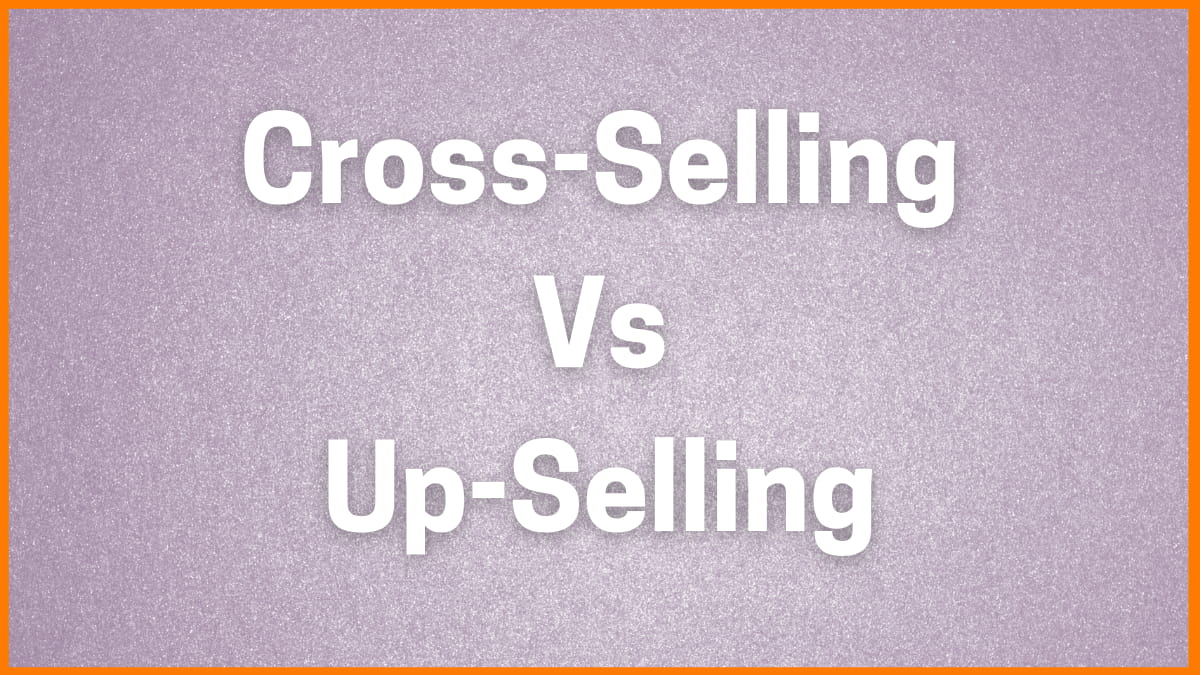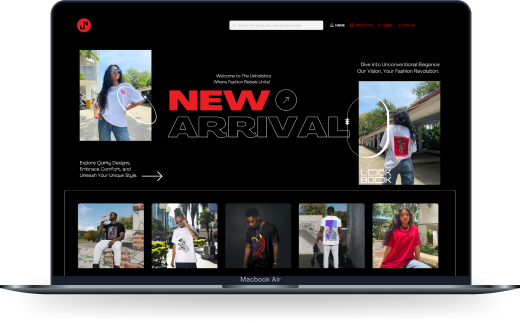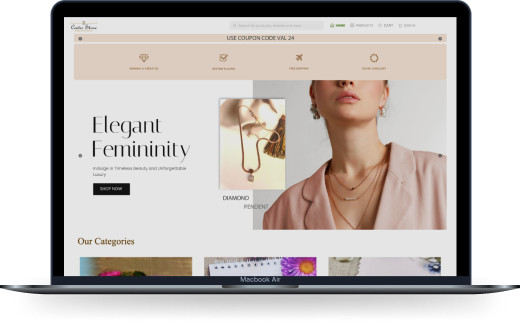Segmentation: Know How To Handle Marketing Easily
By identifying distinct groups within your target audience, you can use market segmentation to give more value and relevant information, which can increase sales and client retention.
To provide you with a comprehensive understanding of all segmentation techniques, this article will show you the related market segmentation strategies used by B2B companies: intent, firmographics, persona, technographic, and journey stage segmentation. Zupain will give you support on this marketing process based on the segmentation
Market segmentation: what is it?
Using market segmentation, you can present targeted offerings that align with the interests of specific groups within your target audience that share certain traits. This strategy makes use of data to eliminate guesswork and lets you customize messaging for particular customer segments.
There are nine different ways to segment markets.
Only behavioral, geographic, demographic, and psychographic segmentation—which is more common among B2C organizations—is covered in a large number of market segmentation materials. Here Zupain shows a closer examination of each of the nine market segmentation types:
1. Segmentation based on behavior
Businesses can learn more about consumers’ buying patterns and actions by using behavioral segmentation. Through the examination of a website visitor’s digital footprint, businesses can categorize their clientele by:
- Degree of engagement
- Brand allegiance
- Desire to purchase
- Possible demands or justifications for looking for a product or service
- Phase of the purchasing process
Sales and marketing experts might look at their website’s session count, time on site, pages visited, and other analytics to get the conclusions above.
2. Segmentation by intent
Similar to behavioral segmentation, intent segmentation assists B2B companies in identifying prospects’ buying readiness based on their online behaviors and intent signals. These indications include time spent on the page and scroll depth, referral traffic from paid advertisements and promotional emails, and inbound organic traffic from query searches with intent-based keywords. They also include website activities like looking over a pricing page or completing a form to get a quote.
3. Division of territory
Because the data is usually unchanging, it is frequently simple to group buyers based on their physical locations. Geographical factors, such as parallel needs resulting from resource access or climate, affect purchasing patterns. A firm can also use this approach to focus on clients and prospects who live nearby.
4. Segmentation based on firmographics
With millions of firms worldwide to reach, B2Bs must be able to pinpoint the most promising accounts. Firmographics are used by businesses to customize communications to the unique pain points that potential customers may have based on these relatively constant characteristics.
The perfect B2B company is a mid-market to enterprise-sized business that serves the accounting sector. They can produce a display advertisement that more effectively reaches their target accounts by narrowing down their audience based on these criteria. They could use language and images related to the difficulties of tax season.
5. Segmenting the population by demographics
Age, gender, and occupation are a few demographic parameters that come to mind when discussing market segmentation. Here are some common ways B2C organizations categorize customers using demographic segmentation, which is a potent tool for creating market segments:
Demographic segmentation is based on the premise that individuals with similar characteristics would have comparable requirements, interests, and shopping preferences.
6. Segmenting personas
There is always a person on the other end of your communication, even if you are marketing to businesses. Persona segmentation is essential for B2B marketing because it makes it easier to send messages that are relevant and individualized.
Personas assist businesses in producing tailored content that addresses the issues of their target audience and caters to particular market niches. Which person would they rather go after—the CEO or the front-line expert? They constantly address the problems associated with a specific role thanks to this segmentation technique.
7. Psychographic division
Psychographic segmentation is a technique that only B2C companies use. It divides potential and current clients based on personality traits. Examples of psychographic segmentation are as follows:
- Principles
- Objectives
- Ways of Living
- Interests
- Viewpoints
- Convictions
Remember that this material is frequently the result of extensive investigation and could be more obvious and readily available.
8. Segmentation based on technology
Technographic segmentation is a useful technique used by B2Bs to divide up target customers. This method determines ideal clients by analyzing data on a business’s technological stack, which includes information on current tools, use, installation specifics, acceptance rates, and attitude toward introducing new technology.
Finding early adopters of new software is a crucial use case for technographic segmentation, as it can provide a business with an edge over rivals providing comparable goods and services. Businesses can use customized marketing to demonstrate how their product outperforms the old solution when an account is ready to replace an older technology.
9. Segmentation of journey stages
The sales and marketing efforts target accounts respond to are heavily influenced by where they are in the B2B buyer journey. As prospects interact with content and speak with sales teams, segmenting them based on their journey stage can help them advance down the marketing funnel.
The top advantages of market segmentation
Companies might gain from using a market segmentation strategy in a variety of ways. Here are four reasons your team ought to think about using market segmentation to create a focused marketing and sales strategy.
More effective marketing and sales
Purchasing a generic marketing plan is equivalent to aiming darts at a dark target. A few might land on the board, but they’re not even close to the target. Similar to this, it’s simple to assume that you know what prospects desire based on web evaluations or tales from your sales staff; however, market segmentation eliminates guesswork and gut feelings by using facts.
A sound market segmentation plan frees up your team’s time and resources from chasing unproductive leads, allowing you to concentrate on the most promising ones. Knowing what your clients want can help you to develop a tailored shopping experience that fosters relationships and engages them meaningfully.
Identify new markets and opportunities.
The secret to growing your audience is to take advantage of high-demand, low-competition opportunities, but this can be challenging if the needs of your clients and prospects are always shifting.
With the aid of these market data, you can determine which behaviors are trends and which might be new markets worth exploring. By concentrating on untapped and developing markets, you may increase audience size, improve product discovery, and increase conversion rates.
Cost efficiency
By understanding your target consumers and their stage of the buyer journey, market segmentation helps you manage resources wisely, saving you from blindly investing thousands of dollars in the next sales or marketing effort.









